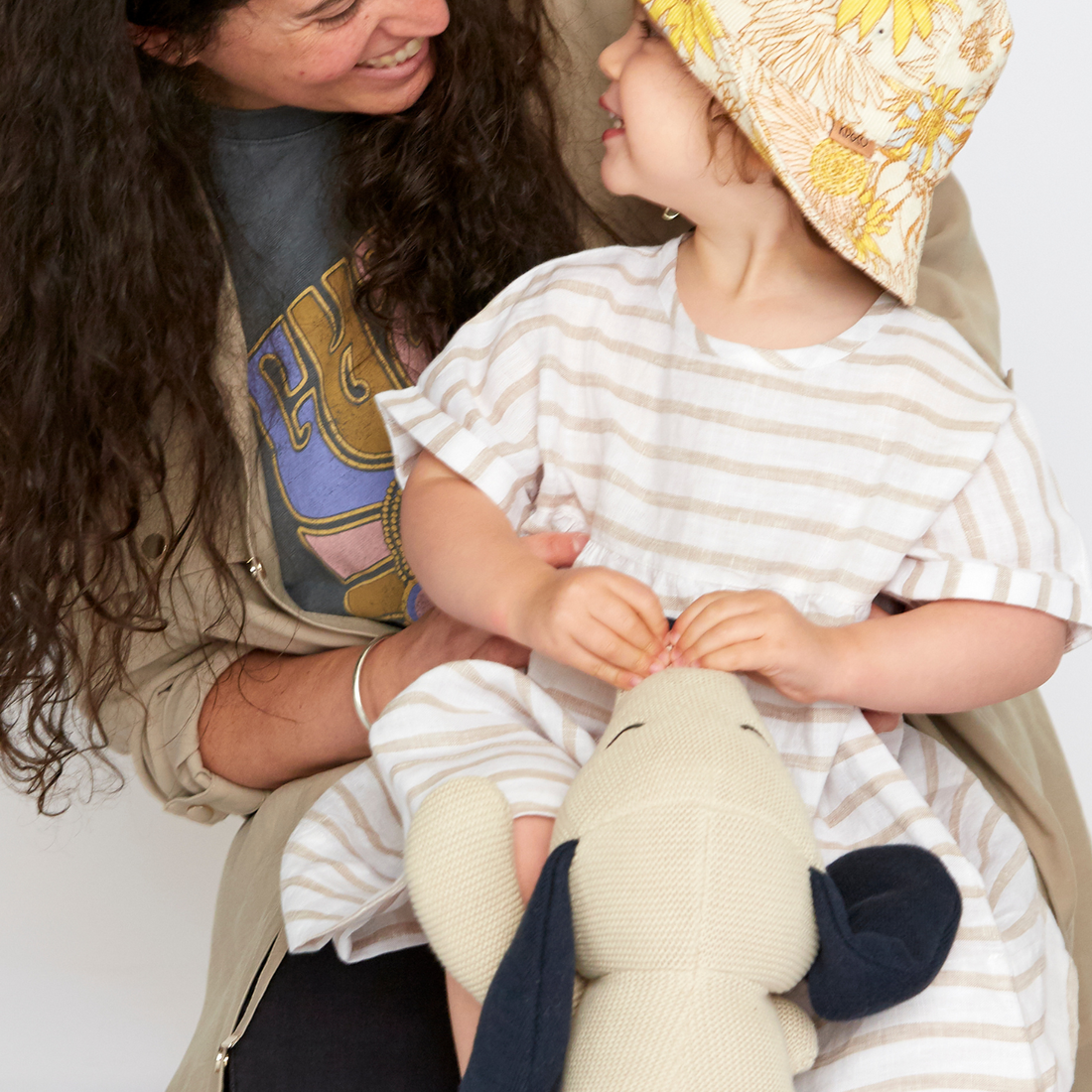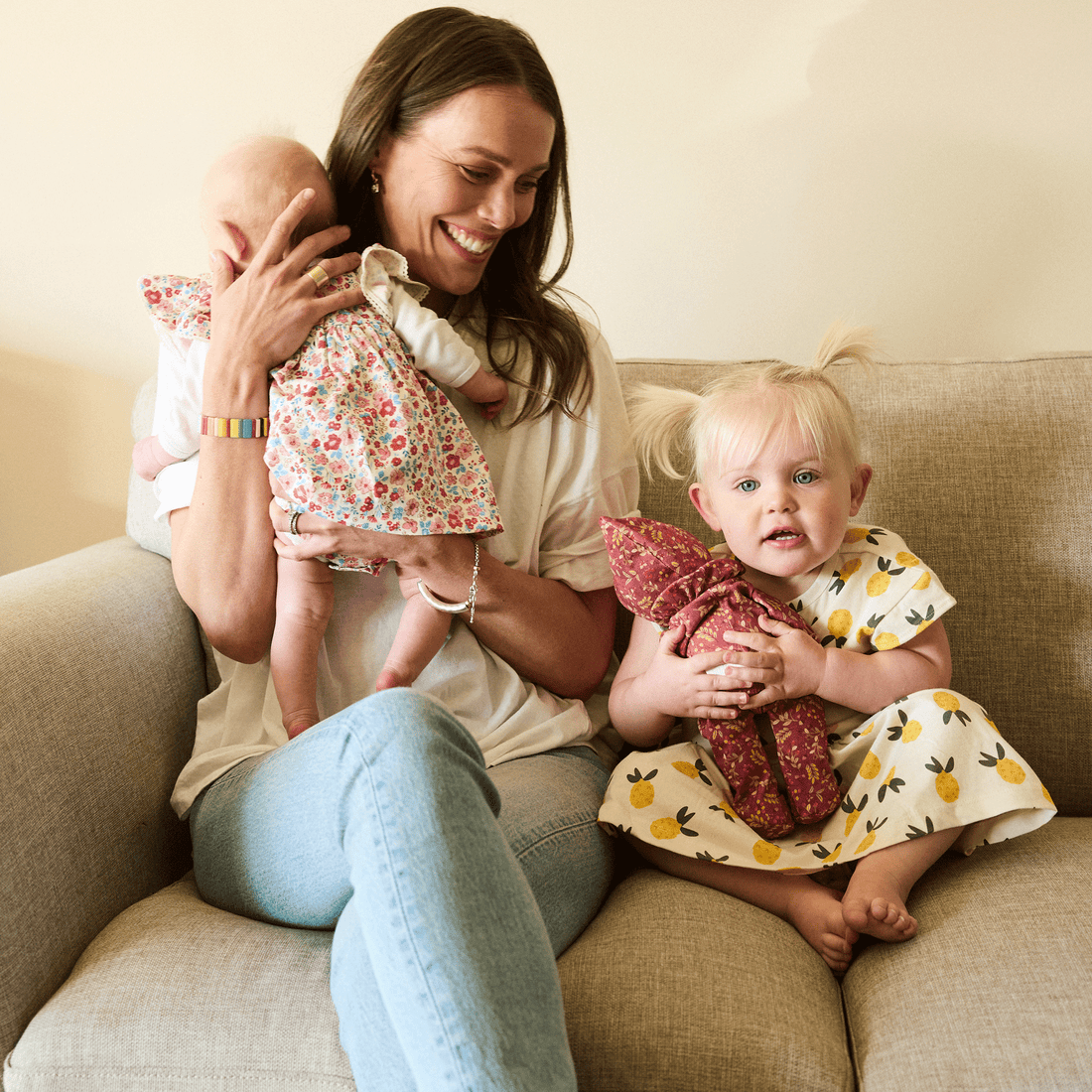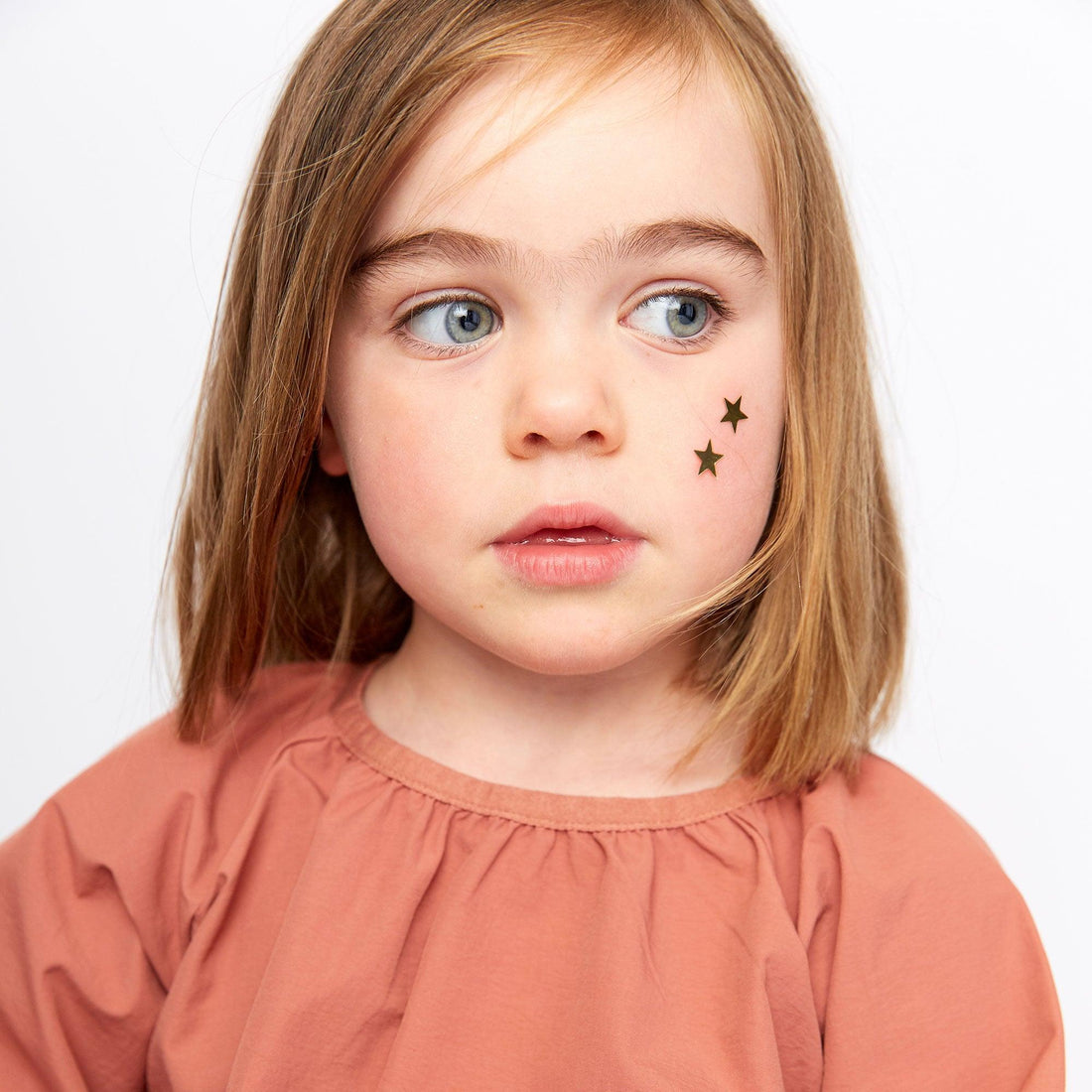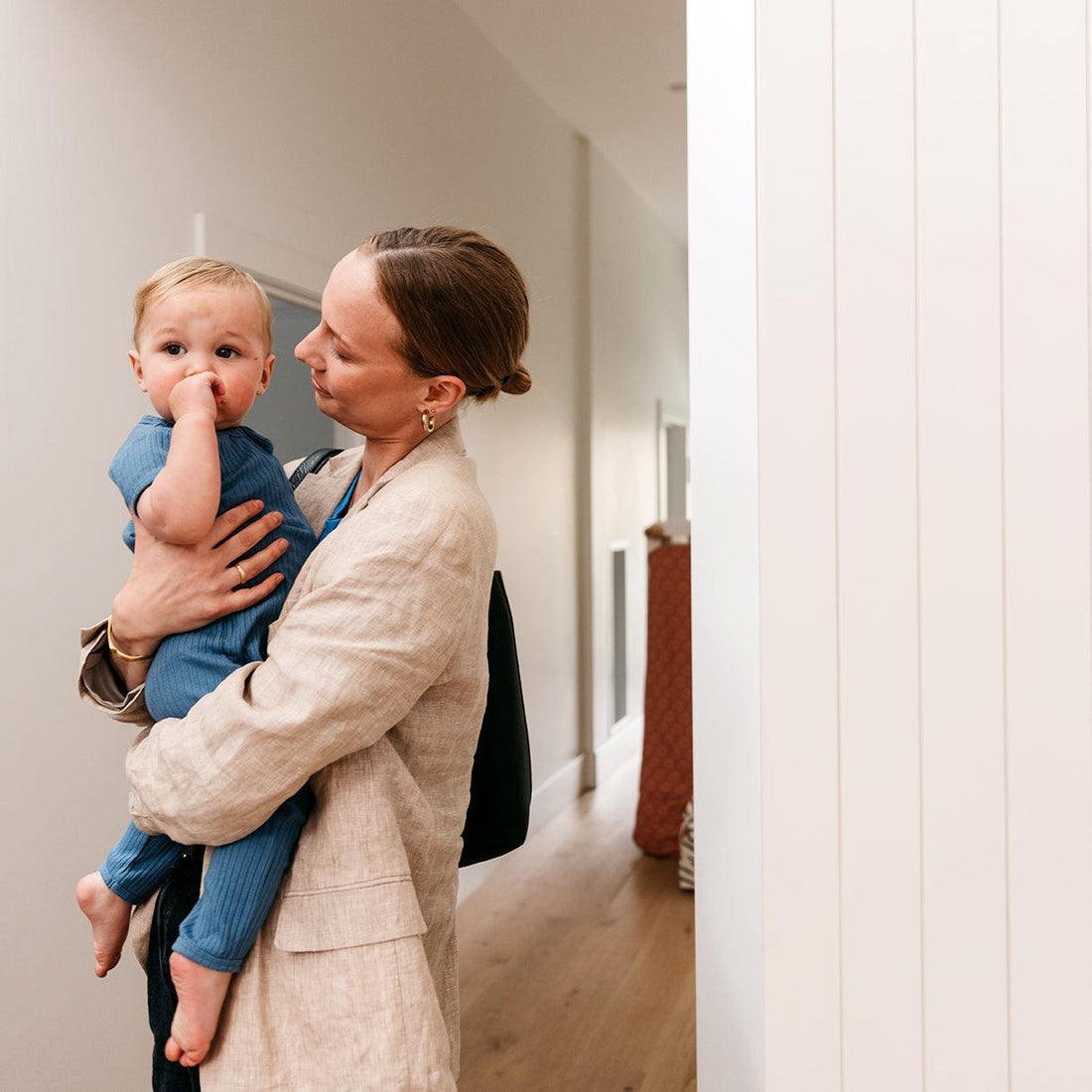A paediatric psychologist sets us up for tear-free transitions.
Starting school, either for the first time, at a new centre or after a holiday break, can cause anxiety in kids, particularly in toddlers and preschoolers, and their parents. Here, paediatric psychologist, Amanda Abel shares her best advice to help you set up tear-free transitions at the school gate.
First, a quick definition. Separation anxiety disorder is different to the typical separation anxiety experienced during development. “The prolonged persistence and severity of symptoms, along with the child's heightened fear or anxiety when apart from their primary caregiver is all part of the latter,” says Abel. “The fear tends to revolve around concerns about becoming separated from family or potential harm befalling the caregiver.”
Separation anxiety is quite typical for children aged between 18 months and 3 years, and presents itself as your toddler clinging to you during any times of departure, be it you leaving them at school or childcare, or even when you step out of the house yourself. It can also be tears or tantrums at the school gate. To help your child feel more confident in time apart, Abel says it’s all about the prep work.
The day and night before school:
Have a routine: Try to stick to the regular routine as much as possible. This makes children feel safe and secure. It will also ensure your child gets enough sleep. Hugely important, because sleep deprivation makes everything worse the next day!
Schedule “worry time”: If you are worried about how to manage your child’s fears the night before, be proactive and set up “worry time” earlier in the day. Use a timer and encourage your child to draw or write about (depending on their developmental level) their worries. “Post” the worries into a Worry Box which allows some closure. Of course, use this as a chance to talk to your child and give them some reassurance that their fears are normal and provide some ideas to help them feel better (such as something to look forward to after daycare or school tomorrow). Worry Time allows you to acknowledge and validate your child’s fears, without it impeding on the night time routine and becoming the topic of conversation at bedtime when your child is already overtired. Using the timer helps to limit the time and energy we give to our worries.
Get prepped: Minimise potential challenges and chaos in the morning by getting organised the night before. Choose clothes and lay them out, prep lunches/breakfast, pack backpacks etc. all the night before in order to diminish chaos, stress and challenges in the morning.
The morning of:
Self check: In the ToddlerToolkit ™ we talk about the S in our STAR tool. The S stands for “self check” and I think this is one of the most important things we can do on the morning of a potentially difficult drop off. This is really about checking in with yourself about how you’re feeling, and how your child’s reaction or reluctance is making you feel. It is so important to do your Self Check before you start responding to your child’s tears or behaviours because it ensures that you’ll respond to them in a way that is helpful for them - and not in a way that is simply a response from your own emotional dysregulation.
Be ready: So you can focus on your kid, make sure you’re up and ready to roll before they are.
Stay positive, be empowering: If your child is fussing about leaving the house, don’t get mad or show your frustration, stay positive and use empowering language. Talk to them about how feeling scared or worried is a sign they are about to do something brave. You could also remind them of other times they have overcome worries to do something they’re proud of.
On the way/in the car:
Give space for self regulation: While you need to acknowledge and validate your child’s emotions, it’s also important to show them how they can regulate themselves. One handy tool is distraction: allowing their mind to focus on something else. It might be counting the red cars you see on the way, or making a game out of the walk to the gate.
Give yourself time: Rushing is only going to add stress, so ensure that you’ve got yourself and your child organised so that the journey to drop-off is as calm as possible.
At the door:
Say goodbye: If you only remember one of these tips, make it this one: NEVER sneak off! It's essential to always say goodbye to your child during separations. Quietly slipping away can lead to mistrust and increase their feelings of insecurity, which will only make the situation even more challenging.
Have a short goodbye ritual: Keep the farewells short, powerful (special hug!) and definite and routine. Establishing a consistent routine for parting, which might involve entering the daycare using the same gate each time. Guide your child to greet their educator and offer them a choice between two immediate activities. This gives them something to focus on other than the upcoming separation. After saying goodbye and sharing a hug, promptly exit. It can help if your child brings a treasured item to share with their educator or babysitter, which serves as a diversion following your departure.
















